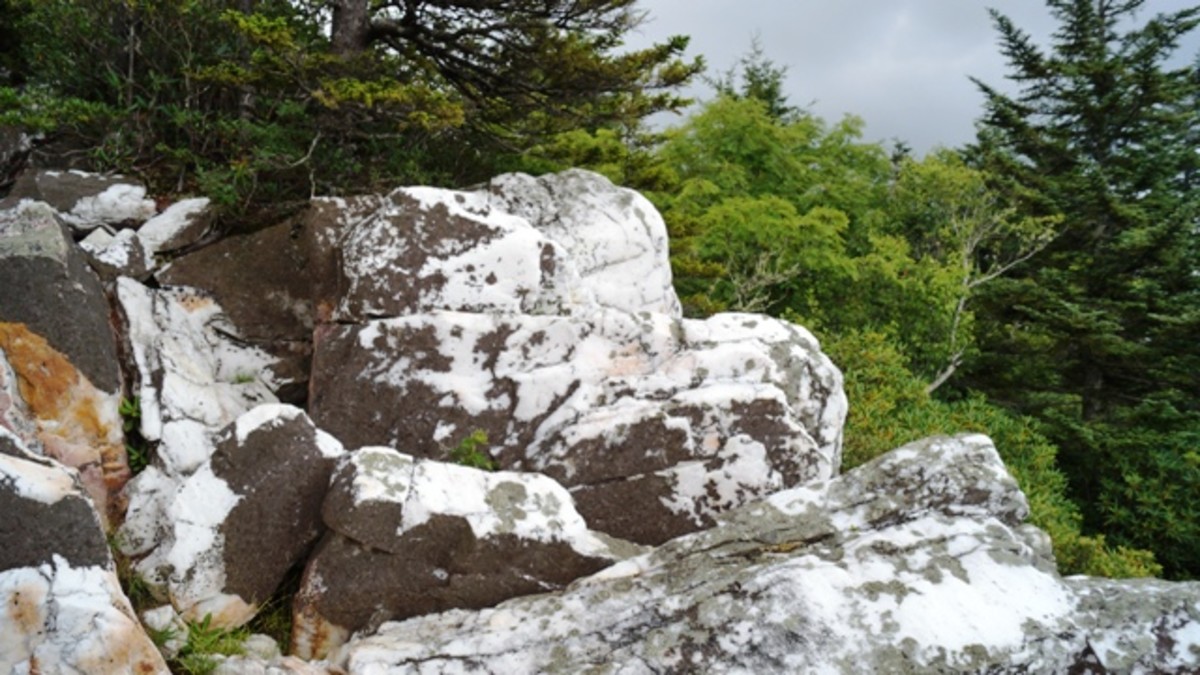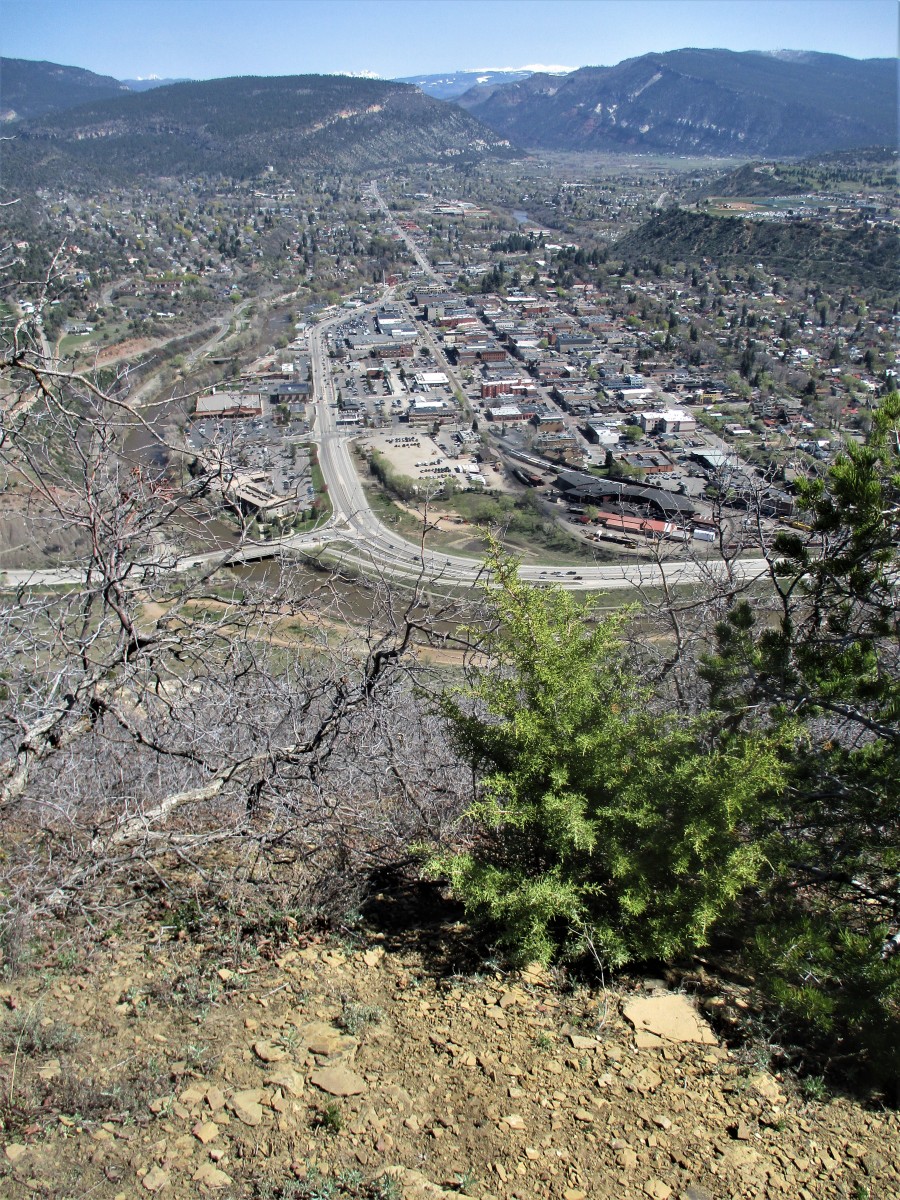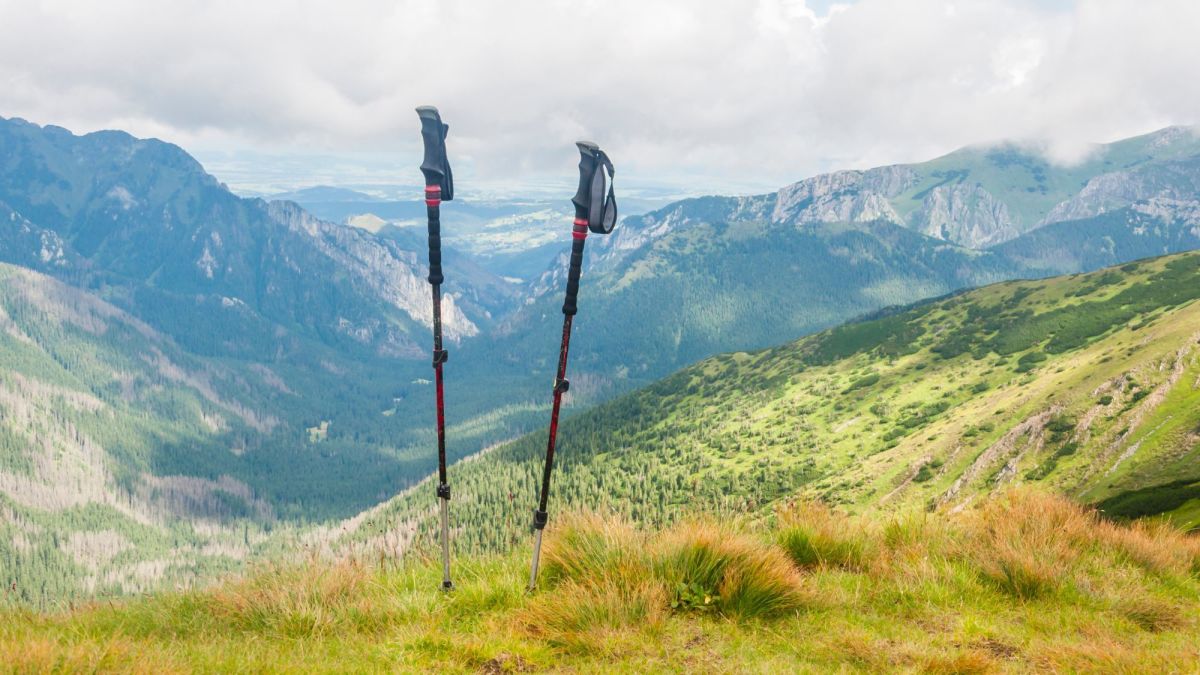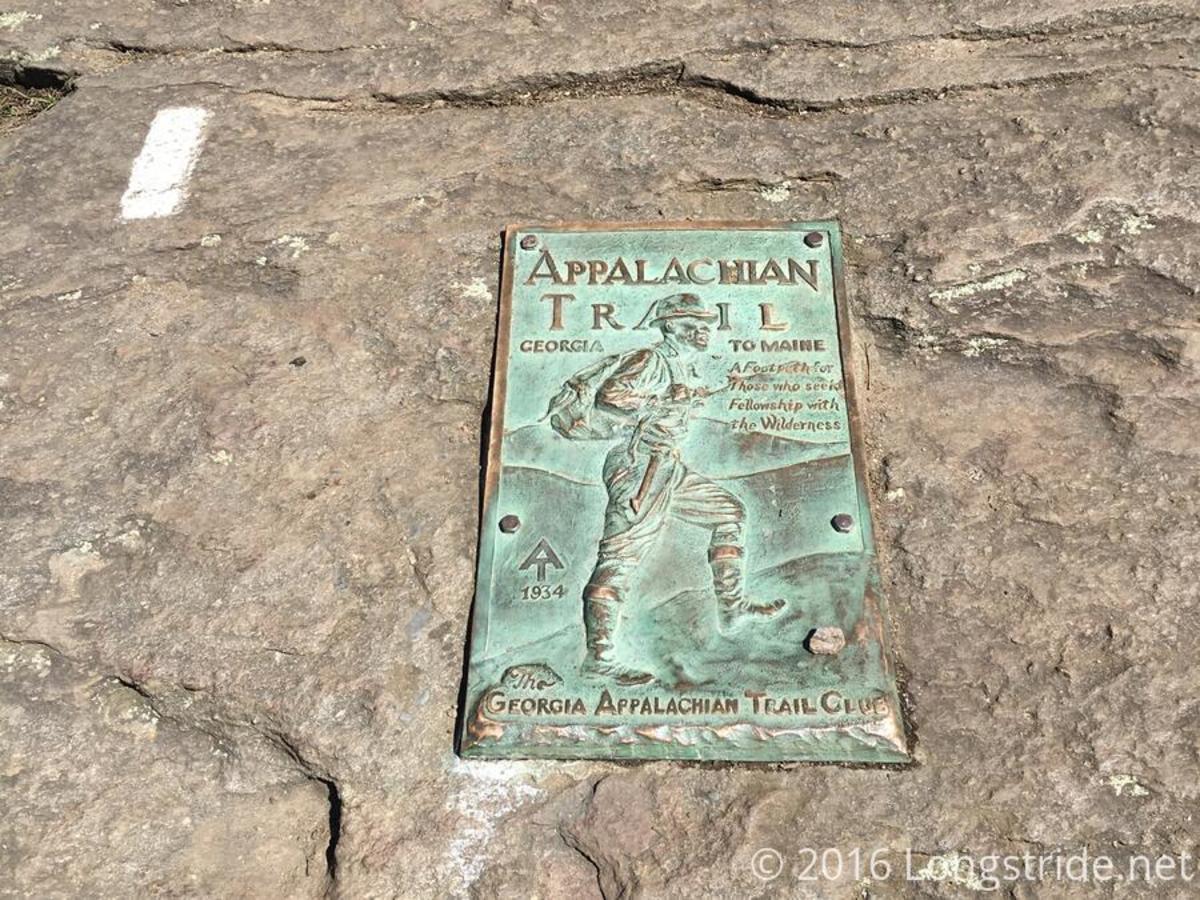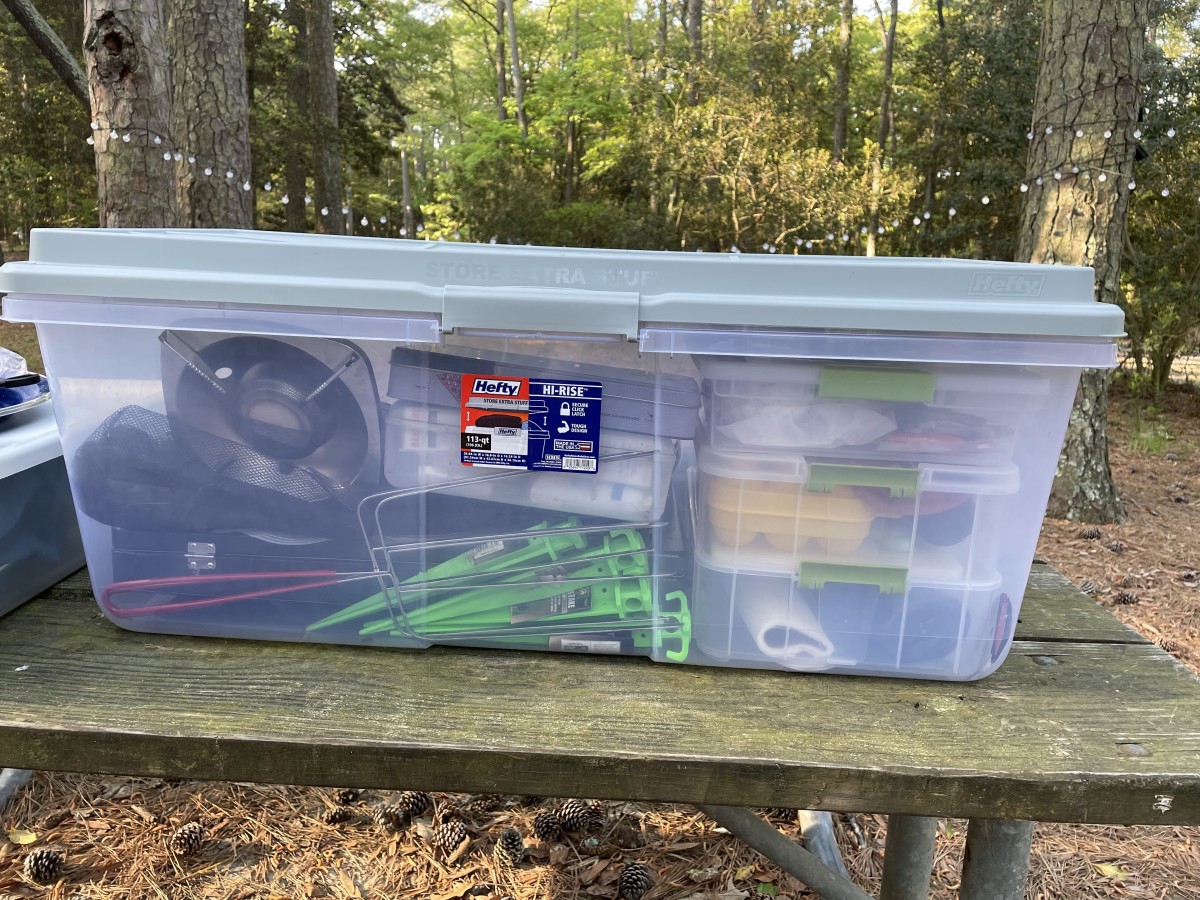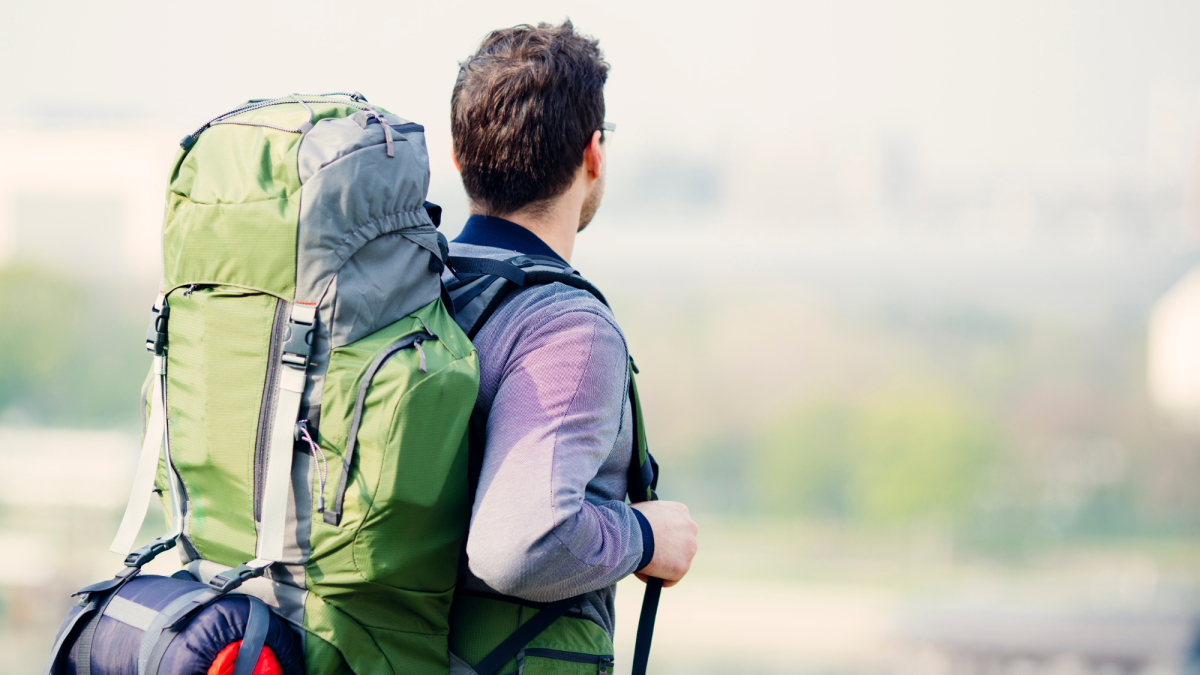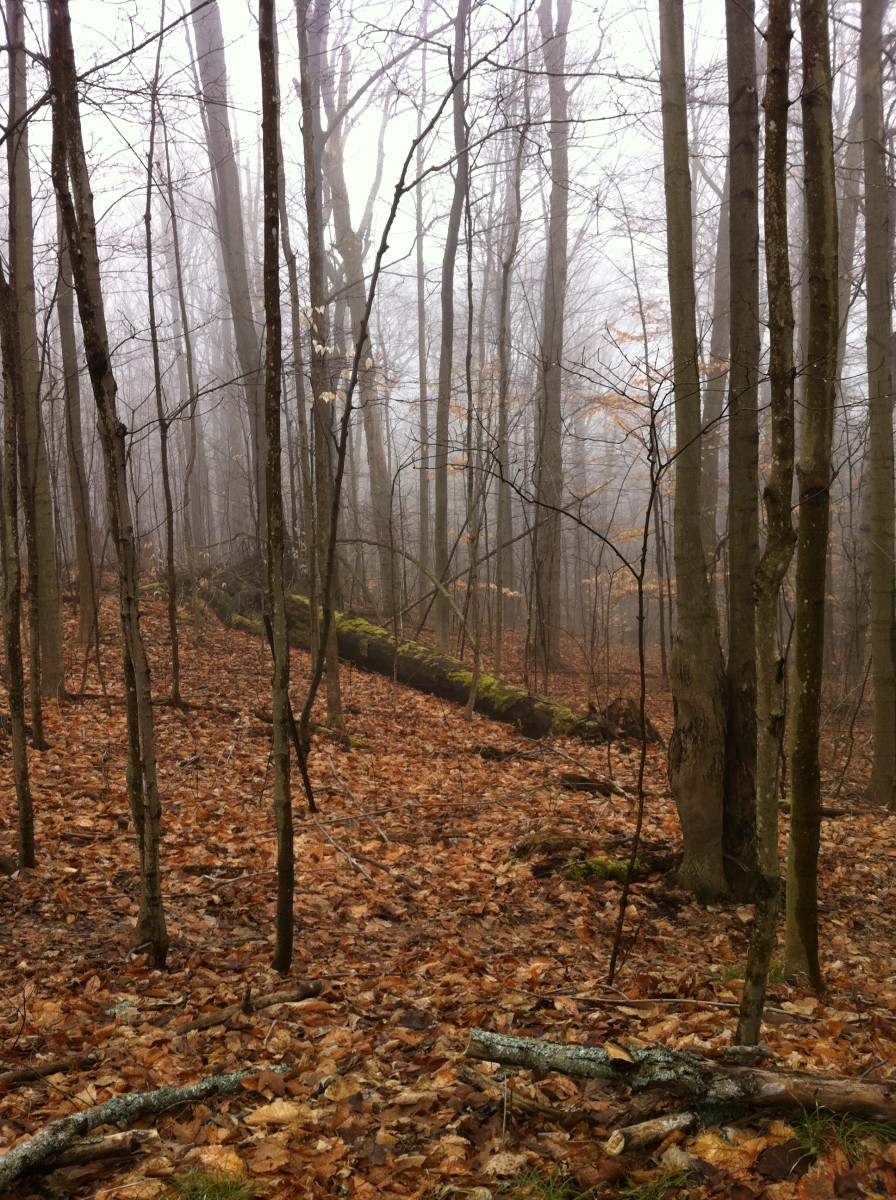Essential Basic Gear For Hikers
Essential Basic Gear Every Hiker Needs
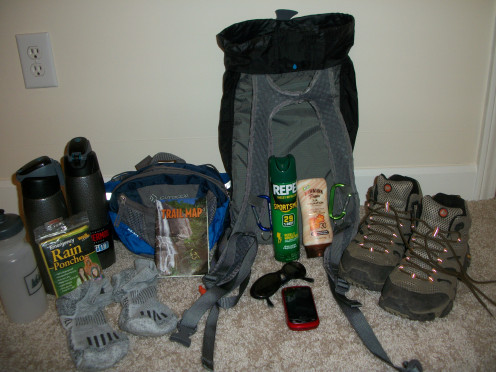
Hiking Boots! These Boots Were Made for Hiking
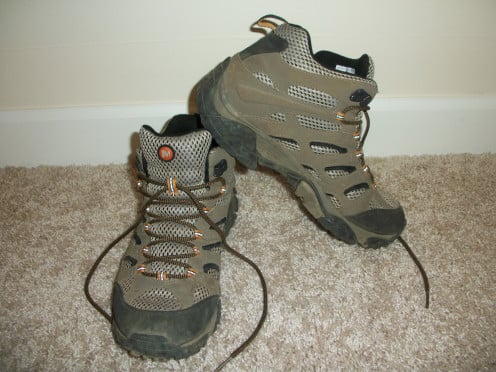
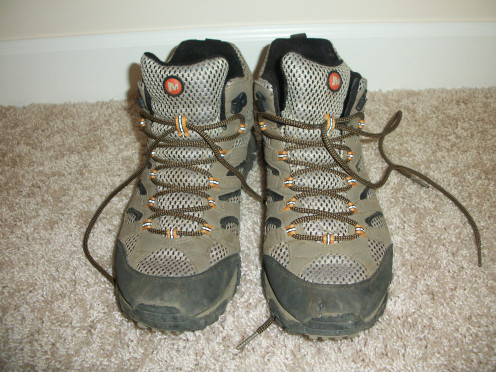
A Good Quality Pair of Hiking Boots is Important
Introduction
For an ideal experience, hiking in the mountains can’t be beat. It is inexpensive, physically rewarding, enjoyable, and educational. It also teaches and reminds you to respect and appreciate the environment.
Aside from the obvious items such as backpack, a good pair of hiking boots, and hiking poles, here is a list of a few basic items every hiker should have on a day hike (for backpacking trips – that is another ballgame and another hub altogether). Many of these items for a day hike you can get at your local Walmart or Target, or watch for sales online at REI and L.L. Bean.
You don’t have to spend a lot of money on basic hiking gear – except for the hiking boots. If you have to invest more money for quality let it be your hiking boots. They are very important. You want boots that are quality, waterproof with Gortex, and comfortable and work for you and not give you blisters or sore feet. That is the last thing you want during a hike is sore feet. When you are climbing over rocks and stepping across streams on wet rocks you will appreciate having good gripping soles on your boots. When you are hiking over solid and big tree roots you will be glad you have quality boots that help keep your balance.
Try on many pairs until one feels right for you. Name brands that carry quality hiking boots include Merrell, Vasque, Keen, and Asolo. You can expect to spend $100 and up for good hiking boots but it is worth the expense.
Sign Up is Free at Hubpages
- HubPages
HubPages is your online space to share your advice, reviews, useful tips, opinions and insights with hundreds of other authors. HubPages is completely free, and you can even earn online ad revenue!
Socks for Hiking
You may have to experiment with socks as well. Try socks that are geared towards runners and walkers. A lot of hikers I know love wool socks but when I tried wool socks with my hiking boots I got a big huge blister on my big toe. I need runner socks that are thinner and made of quick-dry and wicking material, and they work fine with my hiking boots. Some hikers I know swear by wool socks and love wearing wool on hikes, but I will not do that. Shop around and find what works best for your feet. I ended up saving my wool socks to wear around the house during winter so I didn’t waste my money on them.
Practice on a local greenway trail near your home with your new socks and hiking boots. Try to do about 5 miles to get a good feel how they will work on a mountain trail. You don't want to break in a pair of boots and socks for the first time on a mountain trail. At least on a local greenway, which is most likely asphalt/gravel and smooth, you can change into tennis shoes or flip flops if needed. If you are on rough terrain on a mountain trail you can't do that.
Plastic Bag With Wet Rag
Take a small rag and dampen it with water and stick in a pint-sized plastic ziplock baggie. This is an inexpensive and no-cost way to be able to wipe your hands clean after having lunch on the trail. Also you can accumulate those little packets of hand wipes from restaurants as well (especially BBQ restaurants) but I have found they do not keep for long periods of time because they tend to dry out if not used right away.
If you have ever eaten at a BBQ restaurant, you may be familiar with those small white packets that contain pre-moistened towels in them. These also will work well to clean your hands after eating lunch on the trail.
Plastic Bag with Wet Rag to Wash Hands With
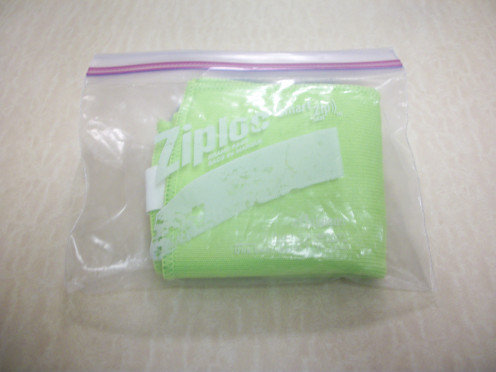
Containers for Food
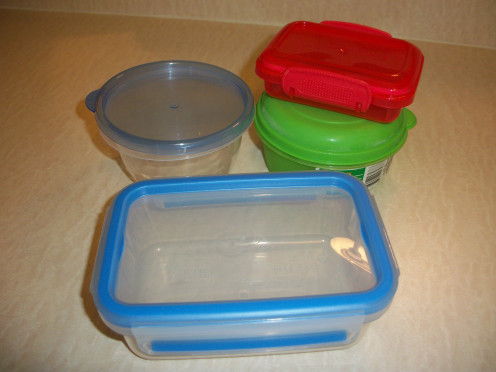
Lots of Water
I fill up 3 bottles of water (with ice cubes) right before I walk out the door for a hike. I found 28 ounce Thermos bottles that will keep ice cold water for 18 hours. For these Thermos containers, I fill them up with ice the night before and put them into the refrigerator. The next morning I add some more ice and fill up with water. Once at the trailhead I load one of the Thermos bottles in my backpack, because on a hot day there is nothing like some ice cold water on the trail. These Thermos bottles do indeed work well in keeping the ice from melting. After the hike I want some more ice cold water and the 2nd Thermos bottle waits in the trunk – the ice is still going on! I got both of these at Walmart for $19.95 each and have been very pleased with them so far.
Many hikers I know carry a water bladder in their backpack. I tried the bladder and just didn't like it because they have a plastic taste to them. A newer product on the market called Hydro Flask is a few ounces lighter than Thermos and is insulated and leak proof. I am testing them now to see how well they keep the water cold. You can get them at REI.
Quick List of Additional Items Needed in Your Backpack
These items should be included in your backpack as well. I always offer to share my sunscreen and bug spray because I don't know if I can use up the entire bottle before it expires. Hopefully you will never need the first aid kit but I know many hikers carry one:
- Sunscreen
- Bug Spray
- Jacket / sunhat / sunglasses
- Cell phone – you may or may not get cell phone reception.
- Camera – for those fabulous views you will see.
- Compass
- First Aid Kit
- Lip Balm
- Travel pack Kleenex
- Flashlight or headlamp with fresh batteries
- Matches in a waterproof container
- Pocket knife
- A whistle to use in emergencies
- Extra food
- Extra clothing such as socks, rain jacket, and underwear
Lunch During the Hike
You don’t want a heavy lunch while hiking on the trail. On the other hand you need to eat enough in the morning before and during a hike so you will have enough calories and energy for the duration so it’s good to spread out your meals. An egg sandwich is a good choice the morning of a hike and then between breakfast and lunch have some trail mix, fruit, or some protein.
I’ve seen people bring Subway Club sandwiches or other deli sandwiches for the trail. I have brought a Caesar Chicken Wrap for lunch a few times. I don’t need to eat a whole one because we usually go to a restaurant after a long hike before going home. Since I am trying to lose weight I don’t want to eat too much on the trail if I’m not hungry. For me personally I am a member of Weight Watchers and I try to find items that will “stick to the ribs” but are healthy as well and will provide me with energy and stamina to finish the hike. Other healthy options you can pack the night before and put in the refrigerator:
- Baby carrots, English cucumber, red peppers, orange peppers or yellow peppers with ranch dressing and salt and pepper.
- Peanut butter and jelly sandwich
- Peanut butter and Banana sandwich
- Grapes with cheese
- Trail Mix
- Boiled eggs (peel the night before)
- Oranges, apples, grapefruit (peel and cut the night before)
- Chicken salad with lettuce on whole wheat wrap
- Banana (with peanut butter as an optional topping)
Healthy Foods for the Trail
Instead of This
| Try This
|
|---|---|
Greasy potato chips
| Pita chips with hummus
|
Fried chicken
| Chicken Caesar Wrap
|
Chocolate Candy
| Cut up peaches/apples/oranges
|
Thermos and Water Bottle
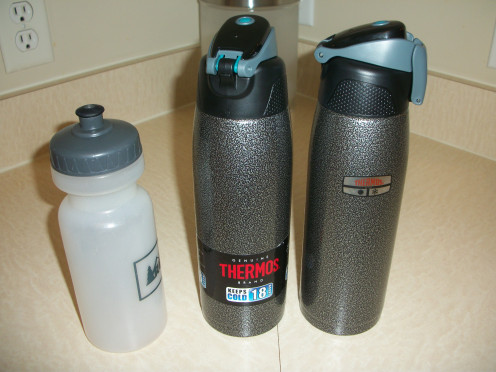
Plastic Poncho for Sudden Rain
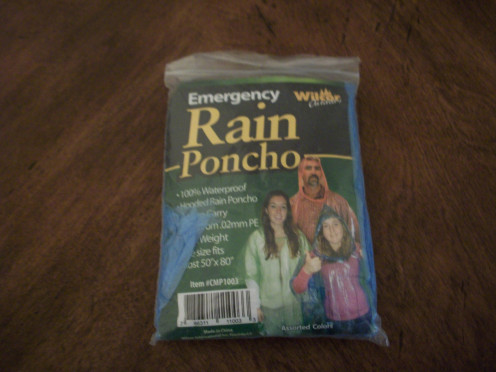
Plastic Poncho
You never know when it will rain. In some mountain areas the weather can change on a dime. At the trailhead it could be warm and sunny but once you are in 1 hour on the trail the sky could become foggy and misty and here comes the rain! No problem because you have a poncho in your backpack that even has a hood on it to protect you from getting soaked.
Some State Parks and some National Parks will sell these ponchos for under $2.00 in their gift shops. They don't last very long but are cheap, lightweight, and will help keep you dry in a light rain storm. For a more heavy duty poncho try a Froggy. A Froggy is inexpensive and has more coverage than the plastic poncho.
Small Fanny Pack for Local Greenways

Fanny Pack
If you are like me you will want quick access to your water and camera!. I have tried the water bladders with the sippy hose and those just didn’t work for me – I didn’t like the taste of plastic and never could get a big gulp of water from those hoses. So I found at Walmart and REI some fanny packs that work perfect for me, even when carrying a backpack. The pack from REI is a smaller version that carries 1 bottle of water and can fit my keys and lip balm. That is really all I need when walking the local greenway trails.
Fanny Pack for a Mountain Hike
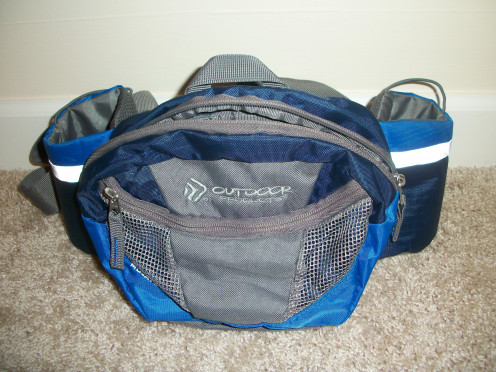
When hiking on a mountain trail I use the fanny pack from Walmart which holds two bottles of water, a compact mirrorless digital camera, my car keys, lip balm, Kleenex, and a trail map.
It even has room for a small bag of trail mix or other snack and it fits around the waist well in addition to the backpack. It was a good price at Walmart and it has held up very well in the past four years and it gets a lot of use!
Trail Maps
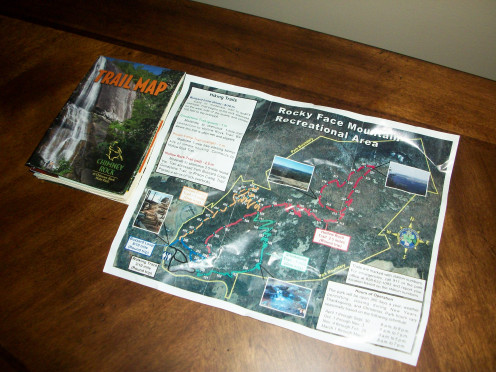
Color-Coded Trail Map
Very important! Until the handheld GPS for hikers comes down in price, I will always print out a color-coded map to bring with me to the trailhead. Go to the website of the State or National Park you are visiting and look for a map download. Most will have the trails on their website. Also, when you arrive at the trailhead, if there is a Nature Center or Park Office they will have some color-coded trail maps. However, in the event they ran out of maps (and I have seen this happen) you will have your backup map you printed before arriving. Always print in color because the coding on the trees on the trail are color-coded and you want to know where you are at all times!
Depending on which hiking group I am with, there have been times when the group walked so fast and left me behind. I am a slow walker and cannot sprint up a mountain like a bat out of hell like they can. I am slow and steady and I need to know where I am and where the group is heading. I find out this information at the Trailhead from the group leader before the hike even begins.
Which do you prefer?
Would you rather walk on a local greenway or hike on a mountain trail?
Change of Clothes
After the hike you and your family / friends may want to visit a local restaurant. You probably don’t want to go in there in your sweaty hiking clothes. You may feel stinky and sticky and rank and a change of clothes may help alleviate this situation.
Also bring your choice of comfortable footwear, whether it’s a pair of sandals, or a fresh pair of socks with tennis shoes or a pair of loafers, that way you can take off your hiking boots when coming off the trail (bring a plastic grocery bag to store your boots in, just in case it is muddy on the trail and your boots are caked). Some people even bring some deodorant and reapply a fresh application to make them feel fresher.
It took me my first two hikes to figure out I don't need to keep wearing the hiking boots on all the way home after the hike was over! I got a clue once I saw what other people were doing!
Have Fun Up There in Those Hills!
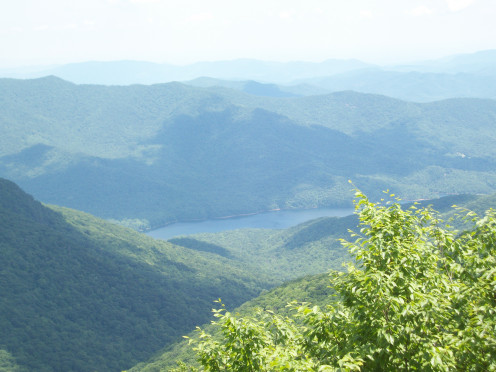
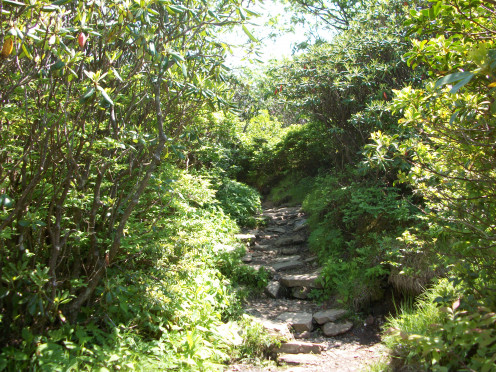
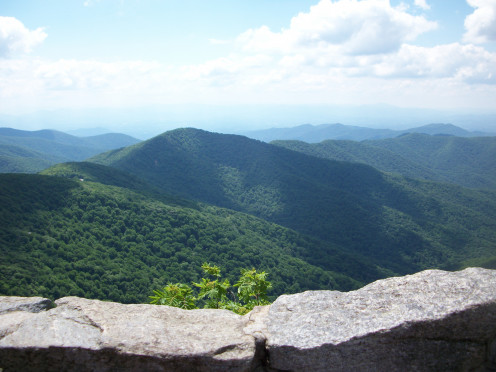
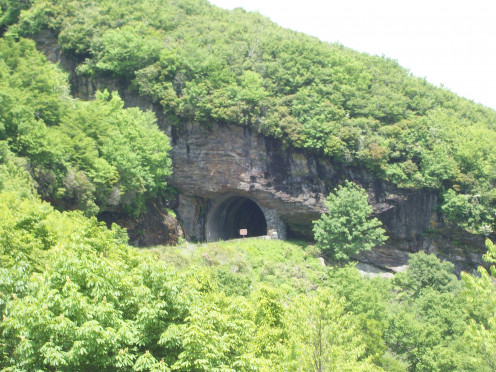
Conclusion
Do you have any items or gear you can't hike without? I would love to hear about them! Is there any particular brand of hiking boots you especially like or dislike? I have Merrells with Gortex and they have really worked out great for me. My trekking poles come from Walmart and so far they are working okay except they give me blisters on my thumbs on longer hikes. My remedy for this is fingerless biking gloves that are lightweight. Feel free to comment and share and advice or ideas for all those who love hiking!
© 2013 Michelle Dee



